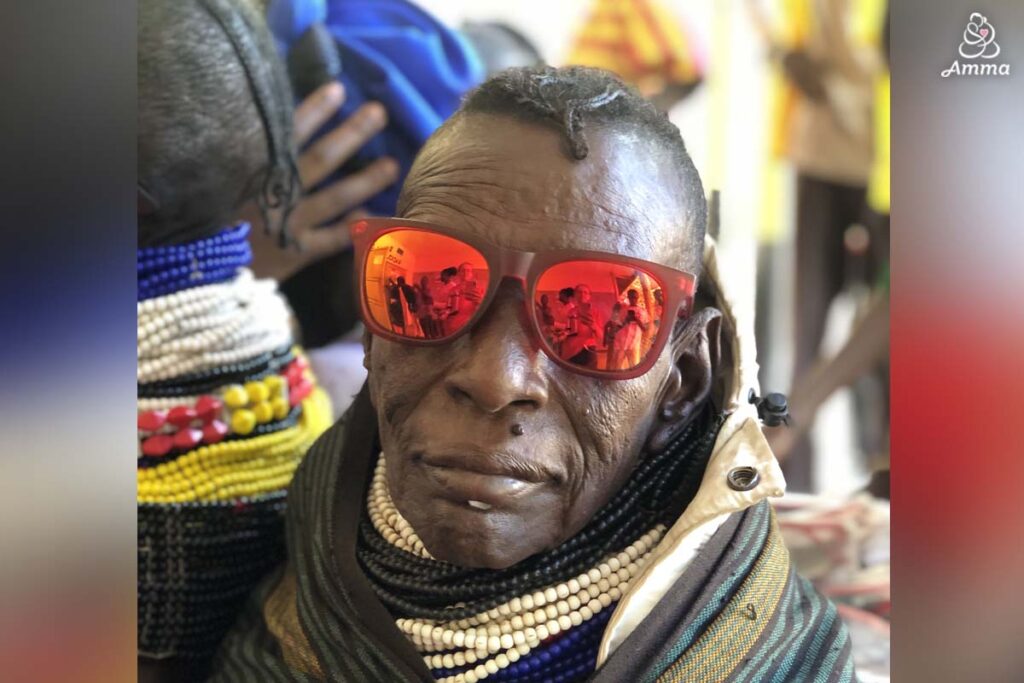Free eye surgeries have reached another 263 impoverished people in Kenya, this time in Samburu County where the predominant ethnic group is the Samburu Tribe. They are a semi-nomadic indigenous community who are traditionally pastoralists. Most of the procedures took place at Kisima Hospital in the village of Kisima from October 4 to 13.
The project continues with Visió Sense Fronteres (Vision Without Borders)—a Spanish NGO that collaborates with Amma’s humanitarian initiatives to provide free cataract surgeries throughout Sub-Saharan Africa.
Since 2011, teams have performed more than 9,350 free operations and provided 36,850 eyeglasses for people in slums and remote tribal areas in Kenya, Senegal, Sierra Leone, Cameroon, Zambia, and Burkina Faso
Samburu has an overall population of 310,000 people. Cataracts and other vision impairments are at high levels due to undernourishment, intense UV rays, and poor sanitation. However, the only eye clinic is in Maralal, a small hillside town that is the county’s capital. Many villagers cannot afford to travel there for treatment.

“The cataracts we operated on were highly advanced, meaning the patients could barely see. Some arrived guided by family members, as they could only perceive light before the surgery,” explained Dr Isabel Signes, an optometrist with Visió Sense Fronteres.
“The local professionals, led by ophthalmologist Sammy, travelled to various villages in the area. Even during the surgeries, they continued screening patients who arrived daily, thanks to the project’s promotion via radio, mosques, and churches.”
In another milestone, the reach included Samburu’s first pediatric patients. A team was dispatched to Maralal to perform operations on six children. This brought great satisfaction and joy not only to the families, but also to the local professionals and county representatives.
Honourable Pauline Lenguris, the Samburu County Representative for Women, Govt of Kenya, was instrumental in organising the surgical camp. The local health workers screened more than 1,000 patients in advance of the surgical team’s arrival from Spain. The Spanish volunteers included four opthamologists, two optometrists, one resident doctor, two nurses, and one surgical assistant.
From the selected patients, 261 people received cataract surgeries and two patients underwent eyelid surgery for trachoma, a chronic bacterial infection. The patients not selected had conditions that were untreatable through surgery.
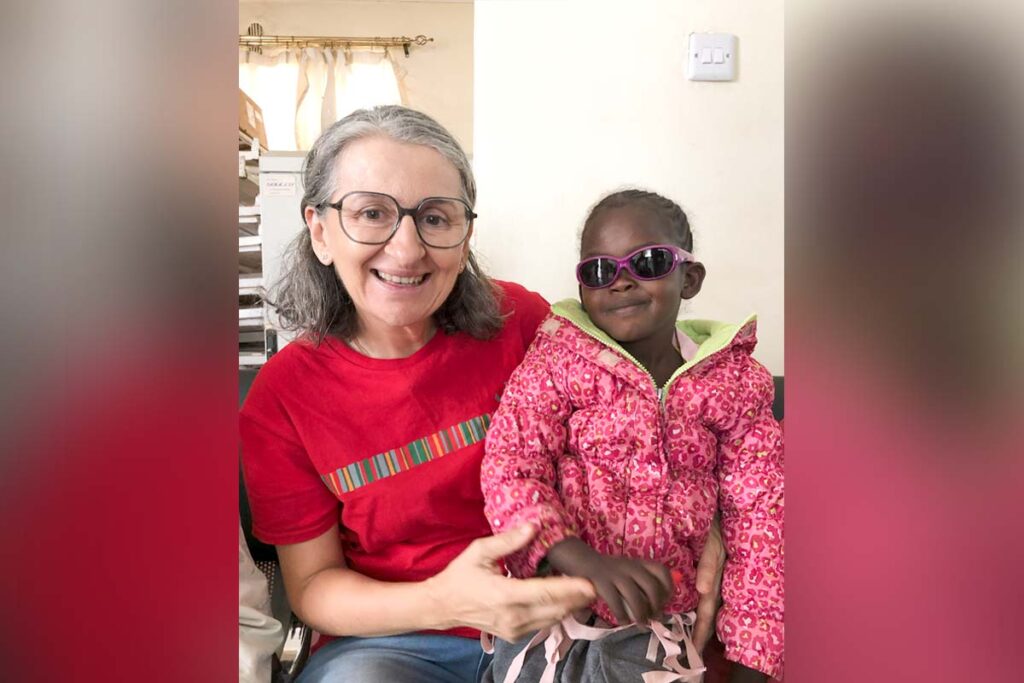
The Samburu Tribe is mainly engaged in the rearing of cattle, goats, sheep, and camels with a lifestyle deeply linked to the cycles of nature. They are known for their colorful clothing: men typically wear brightly colored shukas (wraps), while women adorn themselves with necklaces, bracelets, and earrings made of colorful beads.
However, climate change is taking its toll with hazards such as drought, heat stress, floods, and erosion. Overall climate change effects include unreliable, erratic, and inadequate rainfall; high and increasing temperatures; and declining water levels. During a recent four-year drought, many families lost their livestock.
The surgical team’s working days began at 8am and ended around 8pm The ophthalmologists operated continuously, not even stopping for lunch, in order to maximize the available time at the hospital.
Overall, the patients were very satisfied. Within 24 hours after surgery, all of their corneas were clear, indicating a rapid recovery. It is important to note that before the surgery, most of the patients could only perceive light or count fingers, and in many cases, they had been blind for years, making some of the interventions particularly complex.
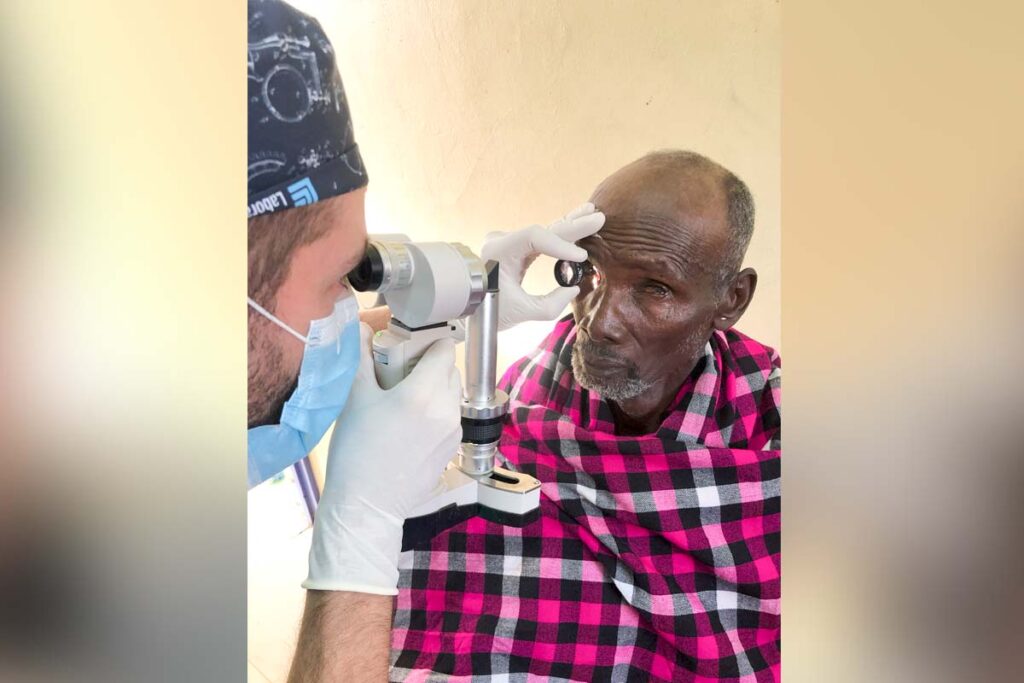

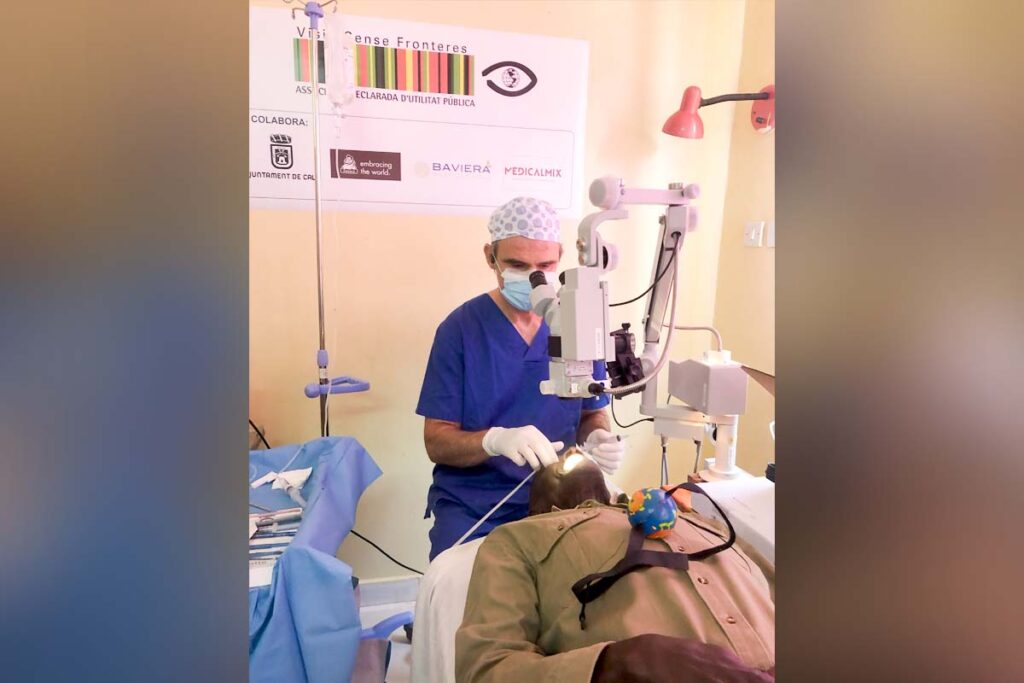

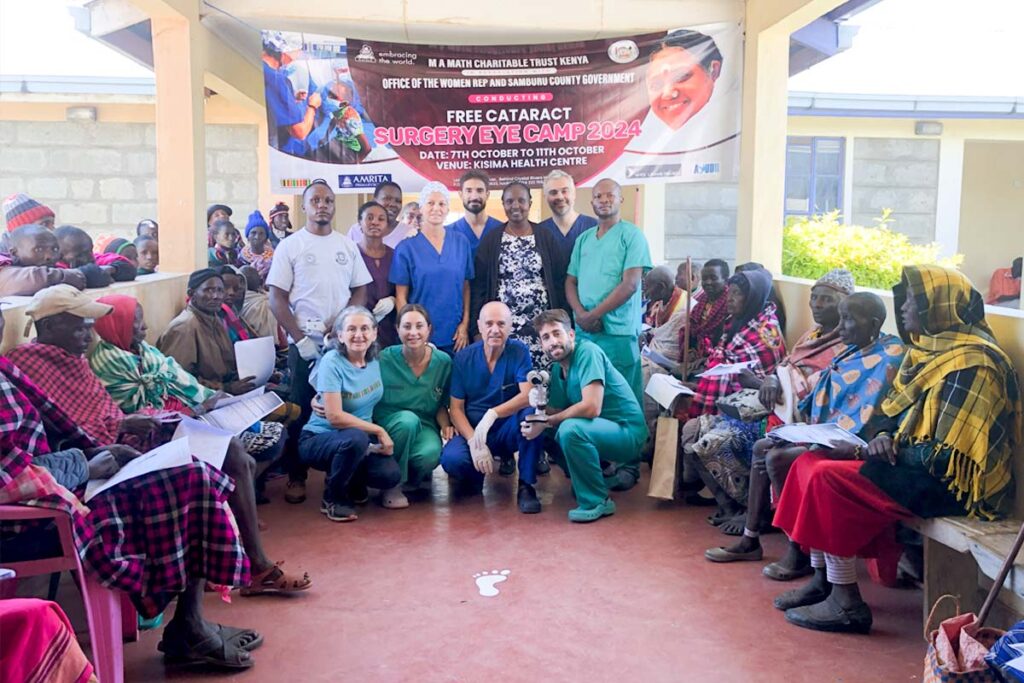
The local nursing staff and auxiliary team were always willing to help and praised the great work of the Spanish team. The excellent relationship with them and their assistance in translating for the patients greatly facilitated the success of the campaign.
The patients will be reviewed weekly and monthly by the local doctor, and our team will return to Kenya to conduct follow-up checks two to three months after the surgeries. As well, 270 pairs of sunglasses were provided.
In addition to the eye surgery camp, Dr Isabel Signes took part in a visual health training initiative for 27 community health volunteers. ‘Vision Screeners Training’ is a collaboration between Amrita University’s Centre for Women’s Empowerment & Gender Equality, the MA Math Charitable Trust of Kenya, and Visió Sense Fronteres.
